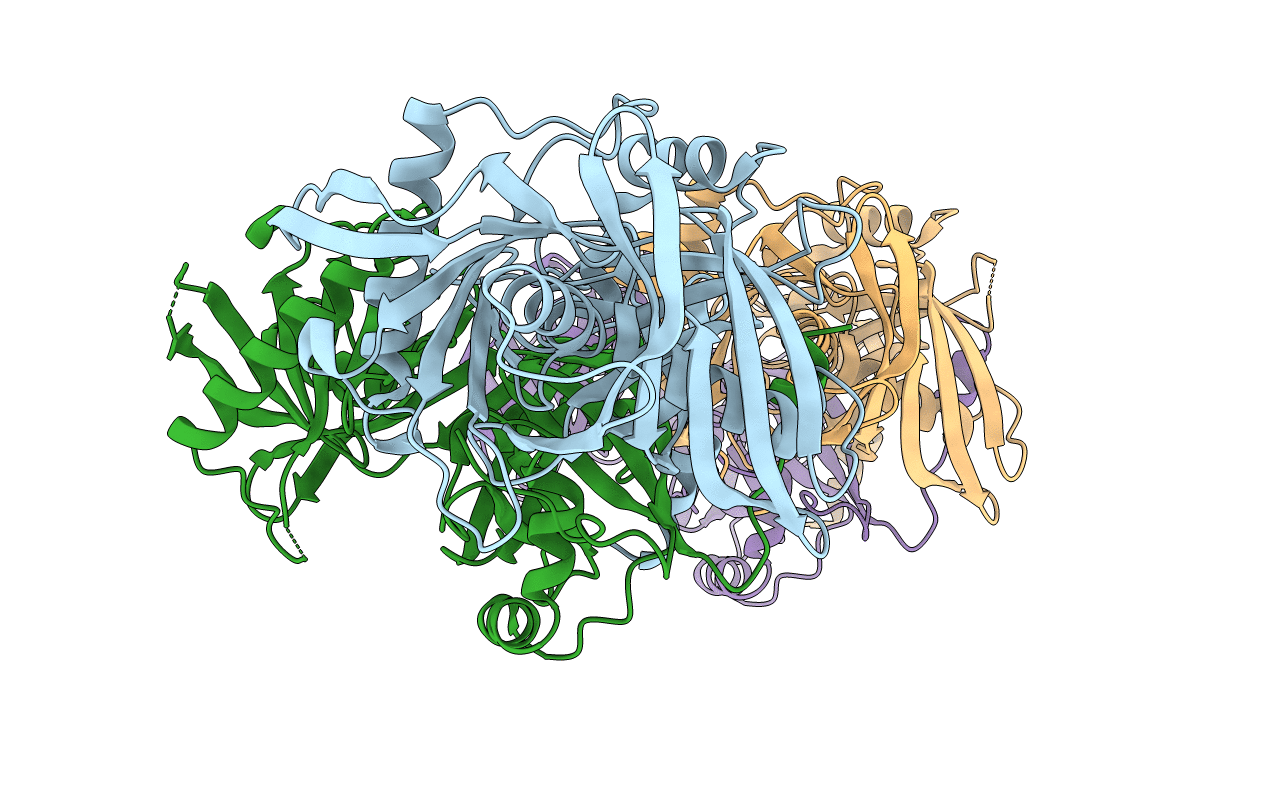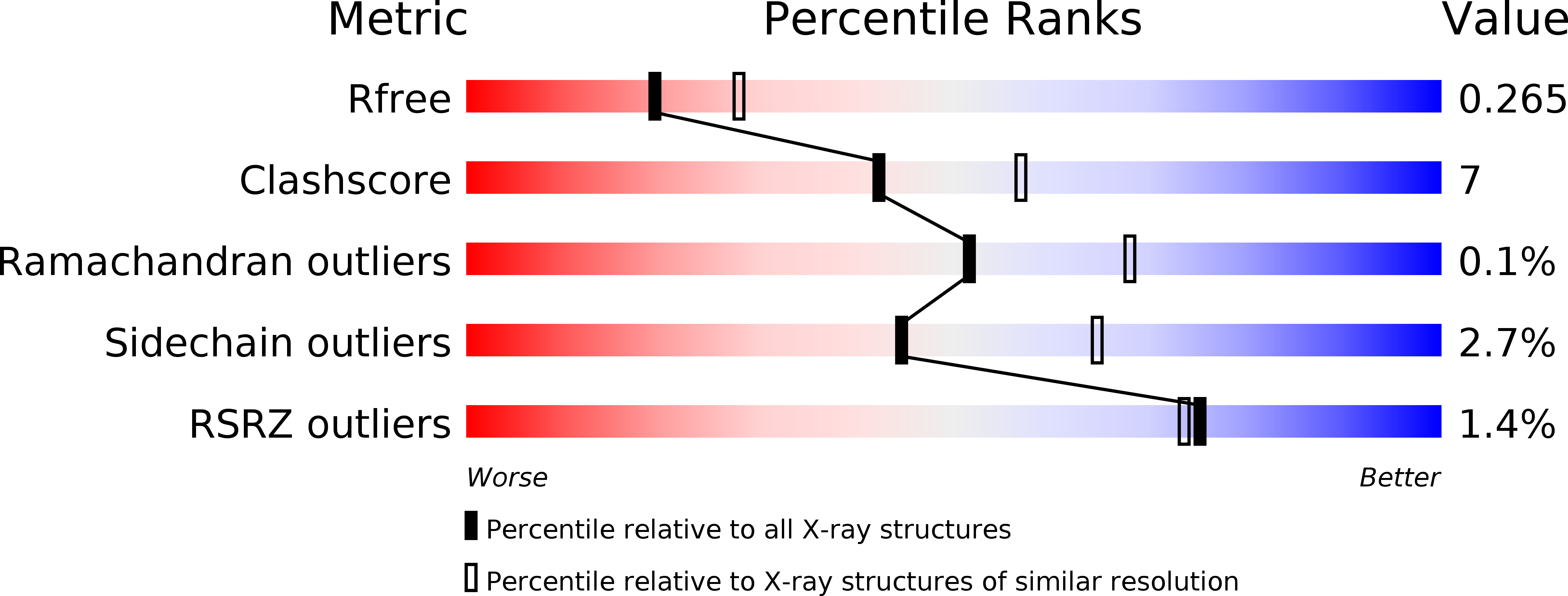
Deposition Date
2019-03-28
Release Date
2019-07-03
Last Version Date
2024-01-24
Entry Detail
PDB ID:
6R76
Keywords:
Title:
Crystal structure of trans-3-Hydroxy-L-proline dehydratase from Thermococcus litoralis - open conformation
Biological Source:
Source Organism:
Thermococcus litoralis DSM 5473 (Taxon ID: 523849)
Host Organism:
Method Details:
Experimental Method:
Resolution:
2.40 Å
R-Value Free:
0.26
R-Value Work:
0.20
R-Value Observed:
0.20
Space Group:
P 1 21 1


